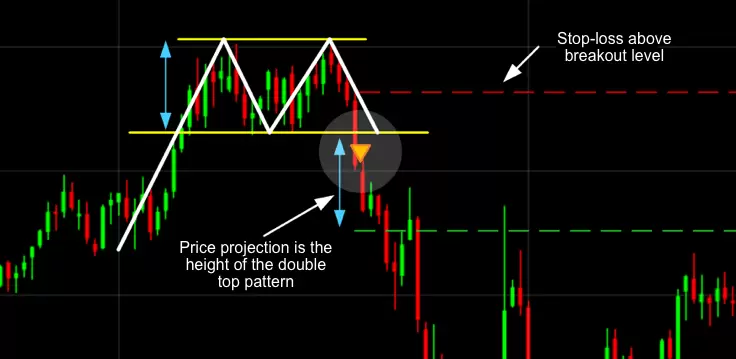Understanding Trendlines in Technical Analysis
Understanding Trendlines in Technical Analysis
As far as technical analysis goes, one of the most fundamental aspects that almost all traders use is trendlines. Trendlines are one of the most popular tools that help in tracking price movements over time. They assist in identifying where an asset under consideration is moving in the form of an uptrend, downtrend, or a sideways trend.
What is a Trendline?
In most of the graphs, a trendline is a straight line connecting two or more zipe codes on the path. Trendlines also serve the most important purpose of simply indicating the probable or general direction the prices are headed to.
Like most stuff in our lives, price movements also have several categories. Here are three of trend movement type:
Uptrend (Bullish Trendline): This line is drawn by connecting the lows in an uptrending market. Buyers are in command.
Downtrend (Bearish Trendline): This line connects the highs in a downtrending market. Sellers are in command.
Sideways Trend (Horizontal Trendline): This term is used when something is both moving forward in a precise, set direction.
How to Draw a Trendline
In order to create a trendline one must possess a certain degree of skill, however, it is uncomplicated for anyone to try their hand at drawing it. These are the instructions:
For an Uptrend: Take the most recent low and connect it with the previous low. Make sure that the line crosses at least two low points. The greater the number of touchpoints, the more credible the line will be.
For a Downtrend: Connect the most recent high to the previous high. The line should possess multiple touchpoints so that it retains accuracy along with credibility.
For a Sideways Trend: Mark key support and resistance levels and draw horizontal lines to create a boundary price range within which prices fluctuate.
Importance of Trendlines
Supporting and Resistance Levels: They often serve as dynamic support instead of resistance during uptrends and tend to work as resistance during downtrends. Price has to touch these lines to either break through which will show a continuation of the trend or revert to signal a reversal.
Identifying Market Direction: With the use of these lines traders have the ability to determine the market’s direction which could be either trending up, down or sideways. This affects their decision whether to buy or sell and inevitably determines profit or loss.
Entry and Exit Points: The lines can be employed by traders to identify entry and exit points in the direction of the trend and as the price approaches the level of the trendline.
Conclusion
For professionals in technical analysis, trendlines are imperative. They enable traders to see price movements and make decisions in conjunction with the prevailing trend. If traders employ trendlines appropriately, they will streamline their navigation of the markets and increase their profitability.
Comments









